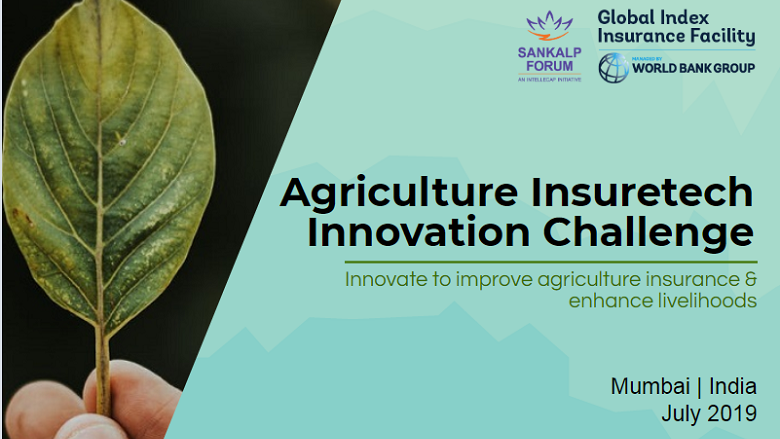The overall aim of the project is to increase resilience to extreme weather events by devising on an integrated climate risk management approach that includes insurance. The ACRI+ project worked to collect the experiences and best practices from different organizations across the globe and promote these findings at international conferences and workshops, as well as on their online database “Climate Insurance”.
East Asia and Pacific
Content owner:
ACRI+
Date:
This roadmap is developed from work undertaken on ICRM through the “Advancing Climate Risk Insurance plus” (ACRI+) implemented by the Deutsche Gesellschaft für International Zusammenarbeit (GIZ) GmbH and the Munich Climate Insurance Initiative (MCII). In China, the ACRI+ project is working with public and private stakeholders to improve the resilience of urban areas and especially urban infrastructure prone to mid-long term climate and disaster risks.

8
Jul
Topics:
The potential of agriculture and insurance is greatly restricted by many challenges faced throughout the product lifecycle - from product design to client delivery to claim processing. Insuretech, at the intersection of insurance and technology, holds the potential to overcome those challenges and transform the insurance landscape. Integrating Insuretech innovations with agriculture insurance promises to enhance product design, improve sales and distribution, facilitate premium collection, and optimize servicing and claims processing. To leverage innovative solutions, the Global Index
The high transaction costs of serving low-income clients in developing and emerging market economies demand innovative approaches and technological advancements. Challenges that inflate operational costs include data collection, processing and management, premium payment mechanisms as well as claims verification and settlement. Index insurance products, mobile payment devices or more accurate weather and agricultural-yield information based on satellite data are examples of innovative approaches that can help to overcome these challenges.
Date:
Competitive markets are best geared to respond to farmers’ need and offer tailor-made insurance products. It is the government’s responsibility to ensure a level playing field. This is particularly important in countries where state-owned insurers compete with the private sector. Policymakers and the regulator have to create a framework that provides all market players, public and private, the same access to infrastructure and services, such as access to data on weather or agricultural production. In countries where premiums are subsidized, all insurance companies have to be eligible to
There is a range of reasons for establishing agricultural and climate risk insurance, including adaptation to climate change, food security, disaster risk management or social protection. Regardless of the motives, however, creating an effective insurance system inevitably cuts across various political spheres. Thus, the first key element is to create a broad consensus amongst policymakers and their commitment to creating an enabling policy environment. This includes the integration of agricultural and climate risk insurance into respective national policies, strategies and action plans
The core objective is to improve risk protection for low-income Filipinos across the country through the introduction of affordable and comprehensive microinsurance products.
The core objective is to offer insurance services against the effects of extreme weather events in order to enhance the financial stability of financial cooperatives by protecting their credit portfolios. The insurance benefits are passed on to the low-income members of these institutions.
The core objective is to support insurance companies in providing affordable and sustainable insurance products to households and companies in rural areas to protect them against losses from extreme weather events.
Date:
This project will develop climate risk management systems, best practices, and insurance products that will shield smallholder farmers and businesses engaged in producing coffee, sugar, rice, cassava, rubber, dairy, and grazing across the agricultural value chain in key SE Asia countries from physical and financial disaster associated with climate change.
